Headquarters: 535 Pine Street, Central Falls, RI 02863
Call us: 401-274-0111
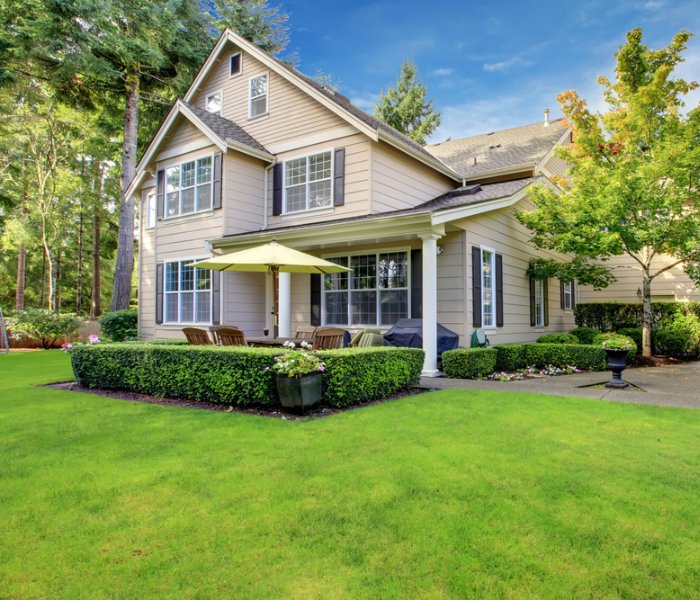
The roofs over our heads often blend into the background, but they have a rich history here in the Ocean State.
So, what is the history of roofing styles in Rhode Island? The state's colonial past, available local resources, and technological advancements over time have all influenced the development of distinct regional roofing styles. From the steeply pitched gables of weathered gray shingles to the clean lines of modern standing seam metal, the roofs of Rhode Island tell a fascinating story.
Join me on a quick tour of the iconic roof types that have sheltered Rhode Islanders through the years, spotlighting a few of the inventive materials and designs used to contend with our state's wet, gusty climate.
Rhode Island's architectural heritage stems from two continents. The first colonists brought building knowledge from England and other parts of Europe. But as the new nation developed its own identity, American innovations also shaped Rhode Island's roofscapes.
European styles prevailed in the 1700s as wealthy Rhode Island merchants built substantial homes. Medieval thatched roofs fell out of favor as many adopted Georgian and Federal style trends popular in England. These homes reflected order and refinement with their symmetrical façades and classical details. Stacked brick chimneys punctuated meticulously framed gable or hipped roofs. Elite homeowners could afford slate shingles imported from Europe or the mid-Atlantic colonies.
By the mid-1800s, the Second Empire and Victorian Gothic styles arising in America offered fresh inspiration. The Second Empire was modeled after French design with signature mansard roofs and ornamental brackets under the eaves. Pointed arches and steep cross-gables distinguished Gothic Revival homes, often constructed with decorative vergeboard trim.
These new architectural flavors moved beyond older European classicism. Yet slate and wood shingles remained go-to roofing materials, now shaped into bold new American forms. Even as European influence waned, settlers clung to the familiar protective roofing elements of their ancestors.
Rhode Island roof design tells a nuanced story, weaving together diverse Old World and New World perspectives. As architectural tastes shifted, the small state’s roofs provided a canvas for creative reinterpretation.
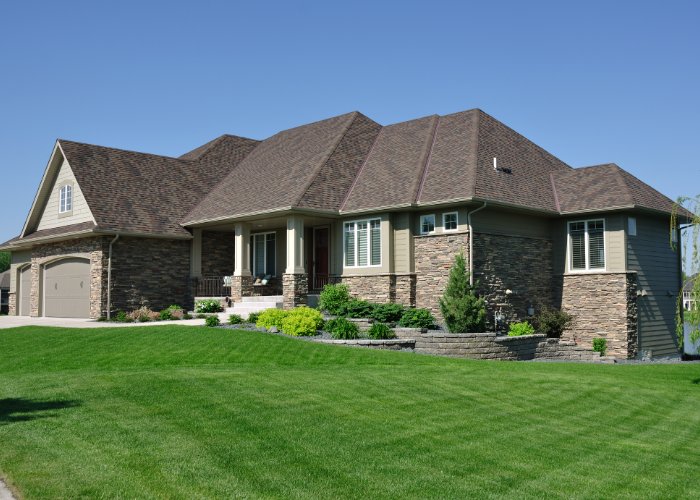
Back in the 1600s and 1700s, the earliest Rhode Island settlers used what materials they had on hand to build their homes, and that included using tall grass, reeds, and straw for thatched roofing. These roofs provided basic shelter but left a lot to be desired. Rain and snow leaked through pretty easily, and fire was a constant threat with all that dry straw overhead. Still, you have to appreciate the DIY spirit of those early colonists.
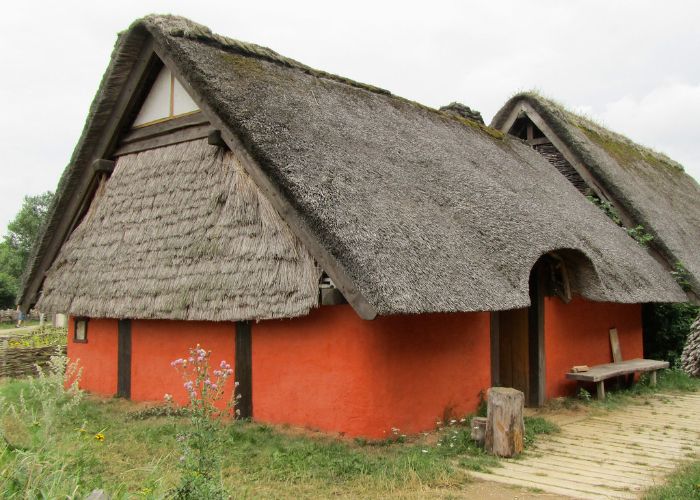
As sawmills popped up in the late 1700s, wooden shingles became popular for roofing. The dense forests of Rhode Island provided plenty of material for these roofs made from oak, cedar, and cypress shingles. Wood lasted longer than thatch but was prone to rotting and warping. Homeowners could get fancy with decorative patterns or fish scale shingles. Over time, the weathered gray look of worn wood shingles became a classic symbol of New England architecture.
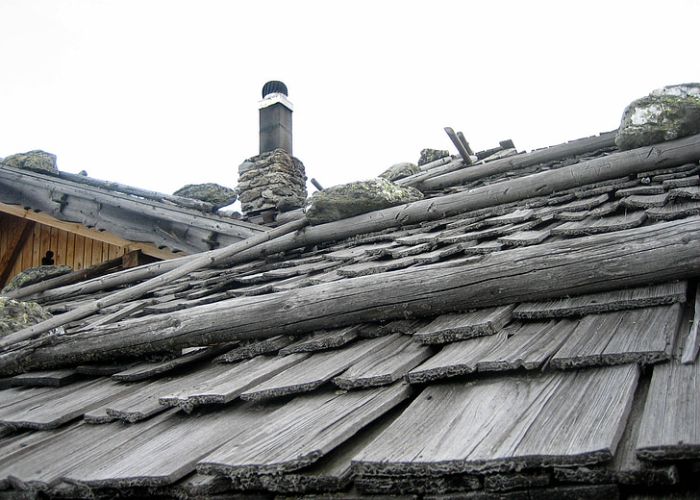
In the mid-1800s, slate roofing tiles from Vermont and Pennsylvania became prized for their durability and fireproofing. Homes with slate roofs carried a certain prestige. Installing these heavy tiles was no easy task, so you knew someone was doing well if they had slate on top. The expense meant slate was mostly found on churches, universities, and homes of the wealthy. Unique decorative patterns and colors like deep red or purple slate made for striking rooflines.
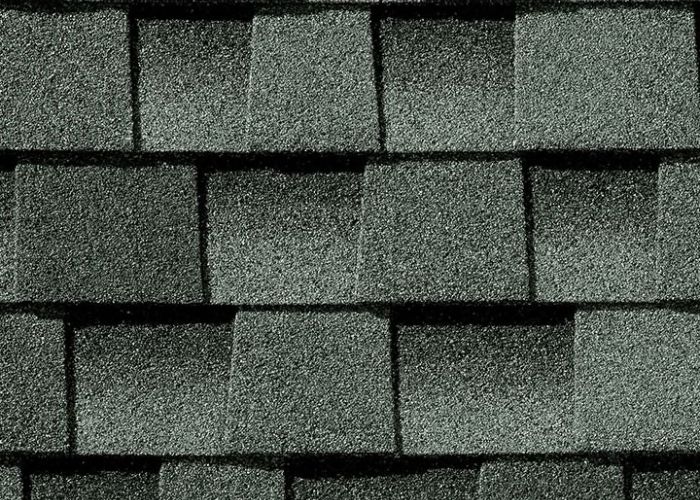
Asphalt shingles really took off in the post-World War II suburban building boom. As families flocked to newly developed neighborhoods, contractors relied on this economical roofing material to quickly build rows of homes. Early 20th-century asphalt shingles mimicked wood or slate, but by the 1950s, they morphed into a simple rectangular three-tab style.
These ubiquitous shingles emphasized affordability and ease of installation over aesthetics. Some homeowner associations banned more ornate roofing to ensure conformity. While some may see them as boring, the minimalism of mid-century asphalt shingles reflected the sleek modernism of the era.
Later manufacturing innovations brought more durable laminated architectural and luxury shingles. Weathered wood, slate, and shake looks remain popular. Three-dimensional texture adds depth, while colored mineral granules provide a boost of curb appeal. Homeowners can now achieve visual interest once reserved for more costly authentic materials. Modern asphalt shingles may lack the romance of hand-split wood shakes. Still, they bring resilience and variety to Rhode Island’s roofscapes.
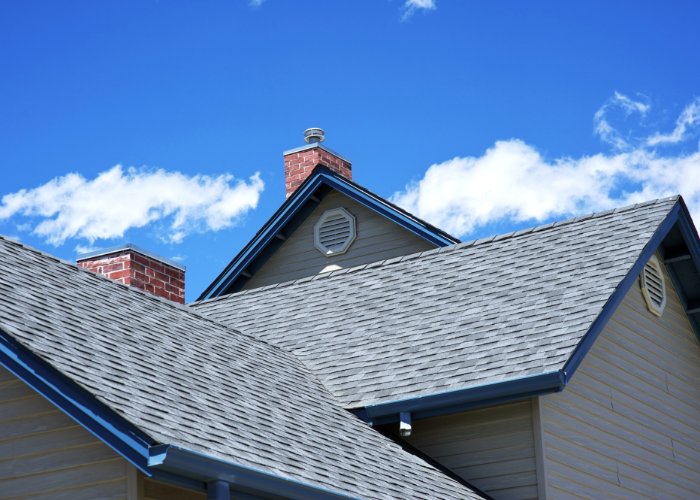
Today more homes are sporting metal roofs, a modern take on the colonial wood shingle look. Metal roofing comes in materials like steel, aluminum, copper, or tin formed to mimic shingles, tiles, or panels. Top advantages are durability and energy efficiency. Metal reflects sun to keep homes cooler and stands up to wind, rain, fire, and those falling branches in storms. Though costlier upfront, metal roofs can last 50 years or more. So the old meets the new as metal brings back that early American colonial vibe.
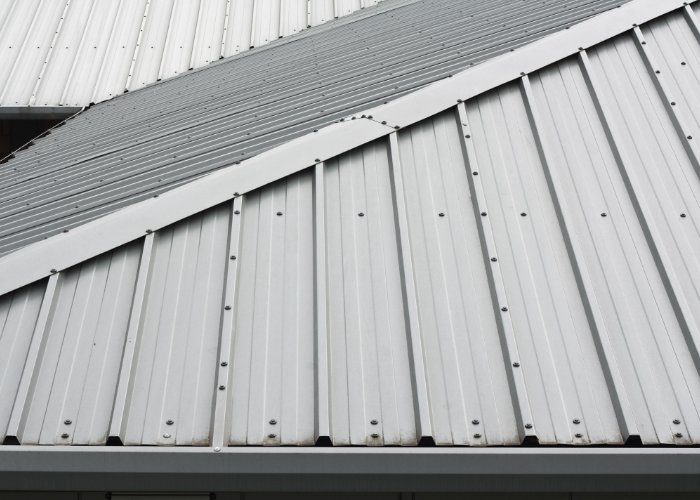
From humble thatched beginnings to sleek modern metal, Rhode Island roofing has come a long way. What material tops your home? Whatever its style, may your roof keep you warm, dry, and safe for many years to come!
About United Better Homes
United Better Homes offer excellent options for just about any budget. From solar services to brand-new windows, our customers depend on us to outfit their homes with the best. We're fully licensed, insured, and GAF Master Elite Roofers. To schedule an appointment, please call 401-274-0111.
Why were coopper roofs commonly seen in the 18th and 19th centuries?
Copper roofs were a status symbol in the 18th and 19th centuries due to copper's expensive cost and its durability. The use of copper roofing demonstrated a homeowner's wealth and refined taste during the colonial era and into the early days of American independence.
Were clay tile roofs used in the late 19th and early 20th centuries?
Clay tile roofs were not commonly used in Rhode Island during the late 1800s or early 1900s. The state's humid climate and freezing winter temperatures made these roofs prone to damage. They limited their adoption compared to more durable slate or wood shingles.